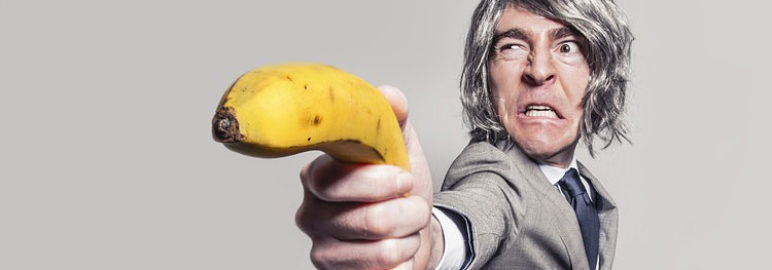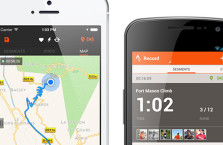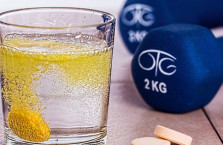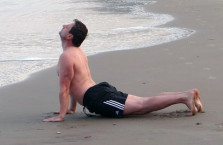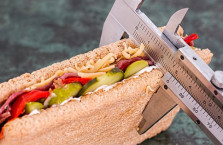About 14 years ago, Men’s Health magazine was the first to tell the world about a college kid who dropped 245 pounds eating nothing but sandwiches from Subway. His name was Jared and his diet was bizarre, but Subway’s marketing department ate it up.
Today there’s no shortage of equally strange meal plans—but the trick now, as it was then, is to glean their secrets to leanness, says Alan Aragon, M.S., a Men’s Health weight loss advisor. “Some of the stranger diets are based on foods people like to eat, so they’re easier to sustain.”
So, beer and sausages only? Yeah, that’s on the table. We talked to top nutritionists to find out why certain diets are just weird (and stupid) enough to actually work.
The Beer and Sausage Diet
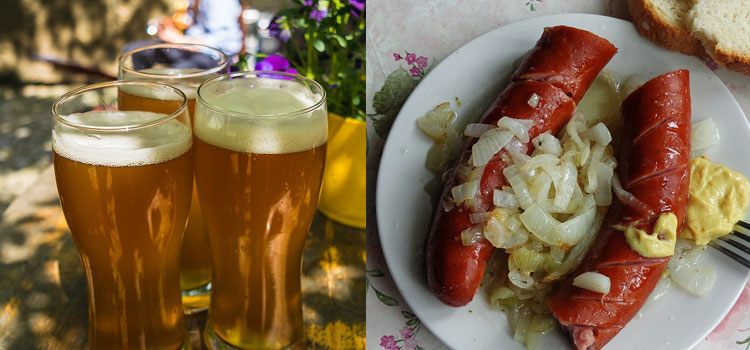
Call this the Tailgater’s Diet. Evo Terra, 44, an online exec in Tempe, Arizona, dropped from 195 to 177 pounds in 30 days consuming an average of about 1,500 calories a day—mostly from high-quality sausage and craft ale.
Sometimes he used a bun; sometimes he added onions and peppers or chopped the sausage into chili. “I don’t consider the diet all that restrictive—there are more sausage varieties and kinds of great craft beer than most people realize,” says Terra. “Thirty-one days of a low-grade buzz and moderate hunger can do wonders for your physique.”
Make it work No doubt Terra woke up looking forward to what he’d be eating, so his diet was easy psychologically, says Aragon. “For long-term health, though, it’s missing a range of nutrients.” Still, protein is filling, so it’s smart to eat it at every meal.
Terra stocked up at boutique butchers; you can seek out quality brats, each packing 13 to 15 grams of protein, at your farmers’ market, or try Organic Prairie’s Italian chicken sausage or Applegate Organics andouille.
Washing down your wurst with a hops-heavy stout or IPA can help your metabolism—if you close your tab at two. Japanese research shows that moderate alcohol consumption increases insulin sensitivity, enabling your body to more effectively burn sugar. Terra tried some 200 beers. His top two: Left Hand Brewing Co.’s Milk Stout and Ballast Point’s Sculpin IPA.
The Bacteria Diet
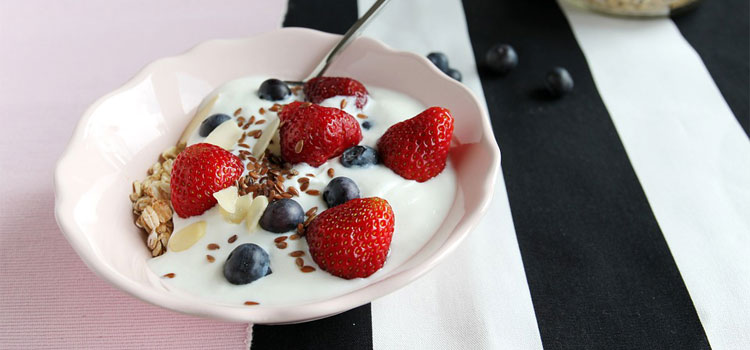
Here’s a plan that doesn’t restrict calories. Instead, you consume more of the kinds of foods that fatten up the populations of healthy bacteria colonizing your digestive tract.
Stella Metsovas, C.C.N., author of the 21-Day Digestive Health Detox, says that her clients who ate at least a half cup of probiotic-rich foods daily (such as yogurt or sauerkraut) lost an average of 21 pounds over 6 months—without cutting calories.
Make it work Bacteria play a significant role in regulating your metabolism and appetite, says Gerard E. Mullin, M.D., an associate professor of medicine at Johns Hopkins and author of The Inside Tract. “You aren’t what you eat but what you absorb: A healthier ratio of good to bad gut bacteria may help prevent weight gain.”
To goose your ratio, Dr. Mullin advises eating fermented foods every day. Branch out into sauerkraut (like Bubbie’s Sauerkraut) and kimchi—look for raw brands like King Kimchi, which has more healthy bacteria. Equally important: Minimize fatty and sugary foods and refined carbohydrates, because bad bacteria thrive on those, says Dr. Mullin.
The Starbucks Diet

Stealing Jared’s strategy, Christine Hall, 66, a librarian from Alexandria, Virginia, lost more than 75 pounds over two years by eating only at Starbucks and sticking to about a 1,000-calorie per day diet. “Over time, scanning the calorie data helped me adjust my portion sizes,” she says.
Make it work You don’t have to occupy Starbucks. Wherever you eat, track your intake using the CalorieKing website or app.
Also, to estimate how many calories you should consume each day, multiply your target weight by 10 to 12 if you’re sedentary (13 to 15 if you exercise 3 to 5 days a week).
Even at Starbucks, Hall was able to stay satisfied on a calorie-restricted diet because she avoided refined-carb bombs, like muffins and croissants, and stuck to foods that were rich in fiber, protein, and healthy fats, says Alexandra Caspero, R.D., owner of the weight-management and sports-nutrition service Delicious-Knowledge.com. “Figure out some safe go-to nutrient-dense items on your favorite menus—foods like tuna salad, cheese and crackers, apple slices, grapes, and hard-boiled eggs.”
The Cabbage Soup Diet
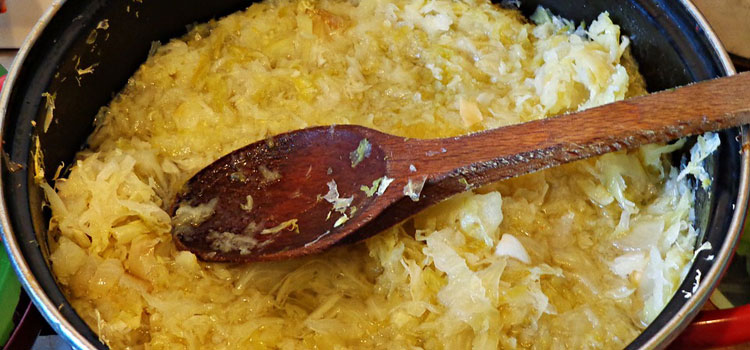
Peasants subsisted on cabbage soup for centuries. You only need to endure it for a week, on the Seven Day Cabbage Soup Diet.
Cabbage soup is what’s for dinner and breakfast and lunch. Dieters report losing about 10 pounds on this low-calorie combination of green onions, green peppers, tomatoes, carrots, mushrooms, celery and half a head of cabbage.
Make it work “Drinking lots of liquid can help you feel full,” says Valerie Berkowitz, M.S., R.D., director of nutrition at the Center for Balanced Health in New York City. “And you’ll have less room in your stomach for more caloric foods.” Any low-calorie, low-salt soup—tomato, minestrone, French onion (sans cheese)—15 to 30 minutes before a balanced meal does the trick.
“You won’t lose weight as quickly as you would with the extreme cut in calories of a soup—only diet, but you also won’t be depriving yourself of essential nutrients,” she says. Or just have a water appetizer. Dieters in a Virginia Tech study who drank 2 cups of water before meals lost about 5 pounds more than those who didn’t increase their water intake.
The Eggs and Dessert Diet
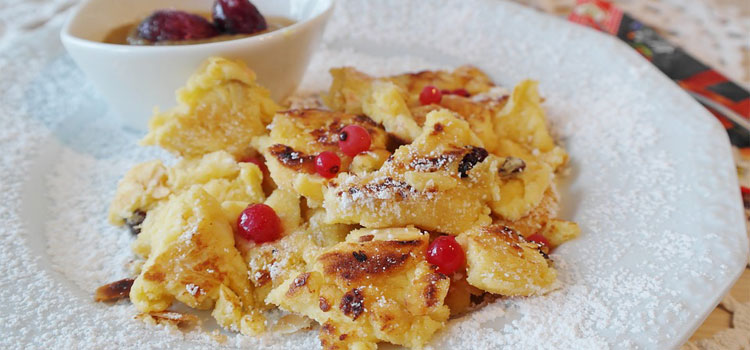
You can have your cake and lose your gut too, a recent Tel Aviv University study found. People on 1,600 calories a day who ate a carb-and protein-rich breakfast that also included a dessert lost the same amount of weight (an average of 30 pounds over 4 months) as people on a low-carb diet (and no dessert).
Not only that, but the people in the dessert group, who ate 45 grams of protein at breakfast, lost another 15 pounds over the next four months, while the low-carb eaters, who ate 30 grams of protein, regained 26 pounds. (Don’t start your day with a diet disaster. Avoid the 18 Worst Breakfasts in America.)
Make it work Eating something sweet that early could curb later cravings, says Elisabetta Politi, M.P.H., R.D., nutrition director at the Duke University Diet and Fitness Center. But it’s the higher dose of protein given to the dessert eaters that’s really the key. “Consuming more protein at the start of the day helps you eat fewer calories at the end of the day,” says Politi.
Her advice: For breakfast eat 45 grams of protein with a small sweet; for instance, two eggs cooked any way you like, 6 ounces of Greek yogurt or cottage cheese, and a small slice of apple crumble, cheesecake, or chocolate cake, or some cookies.
Article originated from Active. Please visit their website for more information.

